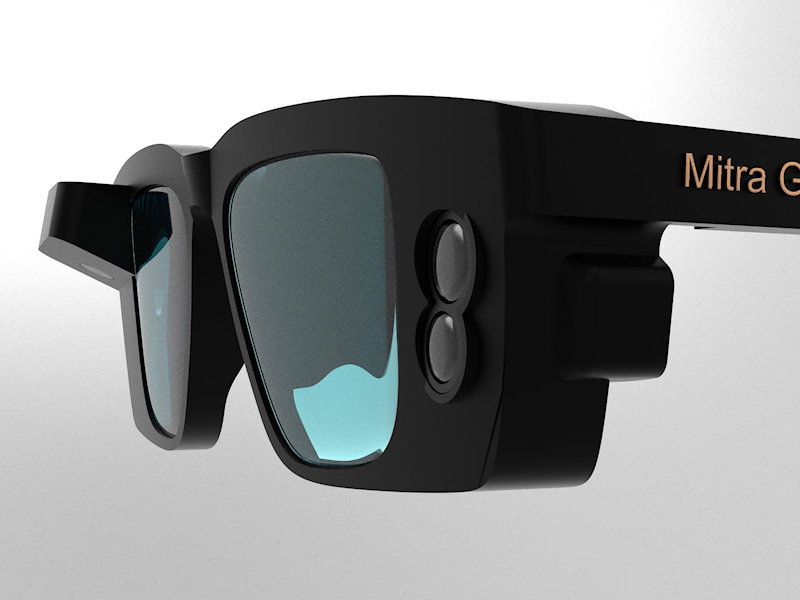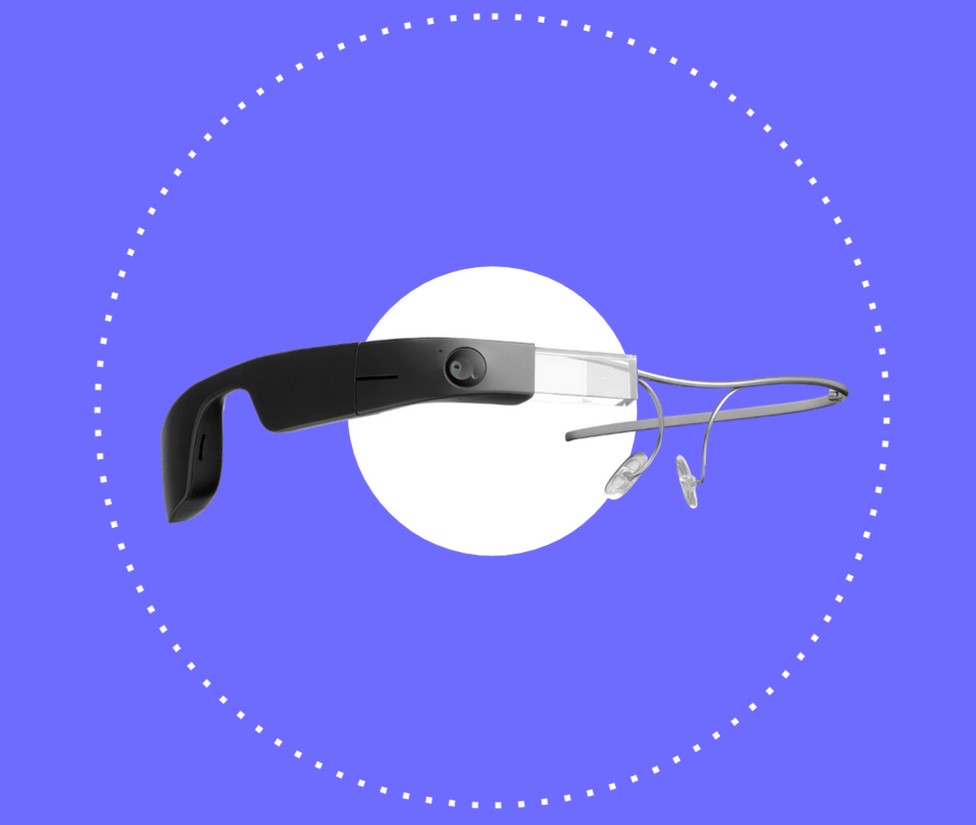Wearable Technology for Low Vision: Transforming How We Navigate the World
Wearable Technology for Low Vision: Transforming How We Navigate the World
Blog Article
Empowering Self-reliance With Assistive Technology for the Blind
The assimilation of assistive technology for people that are visually impaired or blind stands for a significant innovation in fostering freedom and enhancing top quality of life. With a variety of gadgets-- from display readers to cutting-edge tactile tools-- these modern technologies not only help with navigating and interaction however additionally promote social incorporation and participation in different facets of life. As we explore the diverse sorts of assistive devices and their real-world applications, it ends up being clear that the impact is extensive. The advancement of this technology raises vital concerns regarding access and future growths that warrant further evaluation.
Comprehending Assistive Innovation
Although assistive technology has advanced dramatically for many years, its essential function remains the same: to enhance the top quality of life for people with specials needs, especially those who are visually damaged or blind. This innovation includes a wide series of tools and gadgets that help with independence and capability in everyday activities.
Assistive modern technology can be categorized into low-tech and high-tech remedies, each developed to meet certain needs. Sophisticated gadgets commonly include software program applications, specialized hardware, and flexible tools that use advanced innovation to provide support in numerous contexts. Conversely, low-tech remedies may include day-to-day products that are changed to improve availability, such as magnifiers or tactile markers.
The assimilation of assistive technology into the lives of people that are blind or visually hindered not just promotes autonomy however additionally promotes social incorporation and participation in academic and specialist atmospheres. By leveraging these modern technologies, users can navigate their environments, access information, and interact properly, thereby improving their general top quality of life. Understanding assistive innovation is critical for advocates, caregivers, and experts that intend to sustain people in optimizing their prospective and accomplishing better freedom.
Kinds of Assistive Instruments
Assistive tools for the blind and aesthetically damaged are essential tools that enhance daily obeying attending to certain difficulties come across by customers. These gadgets can be extensively categorized into 3 major kinds: optical gadgets, electronic devices, and sensory tools.

Sensory tools, such as Braille display screens and responsive maps, supply different means to get info. Braille shows convert digital text into Braille, allowing users to check out touch. Responsive maps supply spatial understanding via elevated appearances and lines, permitting much better environmental understanding.
Together, these assistive tools encourage individuals with visual problems to involve more fully with their environments, advertising higher self-reliance and confidence in everyday tasks.

Effect On Daily Life
The assimilation of assistive innovation into the every day lives of individuals who are blind or aesthetically damaged considerably boosts their capacity to navigate and interact with the globe around them. Tools such as screen viewers, Braille displays, and mobile applications facilitate accessibility to information, permitting users to involve with digital web content, interact efficiently, and take care of Screen readers for the blind daily jobs independently.
Furthermore, innovations like smart glasses and navigating applications supply real-time assistance in unknown environments, enhancing flexibility and confidence. These devices enable individuals to recognize challenges, reviewed signs, and even identify faces, thus promoting a feeling of autonomy in public rooms. Additionally, home automation systems, which can be managed via voice commands, allow people to handle their living environments better, improving convenience and safety.
The effect of assistive modern technology extends beyond functional jobs; it promotes social addition and emotional well-being. By connecting the void between individuals and their surroundings, these modern technologies encourage users to get involved fully in area activities, seek instructional chances, and take part in significant relationships. Inevitably, the development of assistive technology is instrumental in redefining the opportunities for people that are blind or aesthetically damaged, bring about a more available and inclusive society.
Success Stories and Reviews

Another effective testimony comes from Mark, a recent university grad who utilized display reading software throughout his scholastic trip. This innovation allowed him to accessibility program materials and take part in discussions, ultimately leading to his effective shift into the labor force. Mark credit ratings assistive technology for equipping him to achieve his job objectives, emphasizing its function in leveling the playing area for individuals with aesthetic impairments.
Furthermore, recreation center have actually reported increased engagement in their programs thanks to the intro of easily accessible digital systems. These systems have made it less complicated for individuals to attach, share resources, and support one an additional. These success stories jointly underscore the profound result of assistive technology in cultivating independence, improving lifestyle, and breaking down obstacles for the blind and aesthetically impaired community.
Future Patterns in Assistive Technology
Arising innovations are positioned to change the landscape of assistive tech for people that are blind or visually impaired. Innovations in expert system (AI) and artificial intelligence are boosting the capabilities of devices, allowing even more instinctive user experiences. For example, AI-driven applications are significantly able to check out and acknowledge things message out loud in real-time, providing customers with beneficial information about their surroundings.
Additionally, innovations in wearable modern technology are producing brand-new opportunities for self-reliance. Smart glasses furnished with augmented fact attributes can overlay important info onto the user's line of vision, promoting navigating and interaction with the setting. Moreover, the integration of Net of Points (IoT) devices is simplifying availability in smart homes, permitting users to regulate home appliances and receive notices through voice commands or responsive interfaces.
The advancement of braille display screens and tactile responses systems is also rising, promoting accessibility to digital material and boosting communication. As these innovations remain to evolve, they guarantee to boost daily living, academic possibilities, and work potential customers for people with aesthetic impairments. Constant cooperation between technologists, individuals, and campaigning for teams will be vital in making certain these innovations satisfy the requirements of the area effectively.
Final Thought
In verdict, assistive modern technology plays a pivotal role in improving the freedom of individuals who are blind or visually impaired. By supplying crucial devices and resources, these technologies help with enhanced interaction, navigating, and gain access to to information, thereby fostering autonomy and confidence. The transformative effect of assistive devices not only advertises reliable communication with the atmosphere however also encourages social incorporation and engagement in numerous elements of life, ultimately empowering customers to grow within their areas.
The assimilation of assistive innovation for individuals that are visually impaired or blind stands for a substantial development in fostering self-reliance and improving high quality of life.The integration of assistive technology right into the lives of individuals who are blind or visually harmed not only promotes freedom however also cultivates social addition and participation in expert and academic environments. Inevitably, the improvement of assistive innovation is important in redefining the possibilities for people who are visually damaged or blind, leading to an extra comprehensive and available culture.
Lots of individuals that are blind or visually damaged have shared motivating success stories that highlight the transformative impact of assistive innovation on their lives.In conclusion, assistive innovation plays a pivotal duty in enhancing the freedom of people that are blind or aesthetically impaired.
Report this page